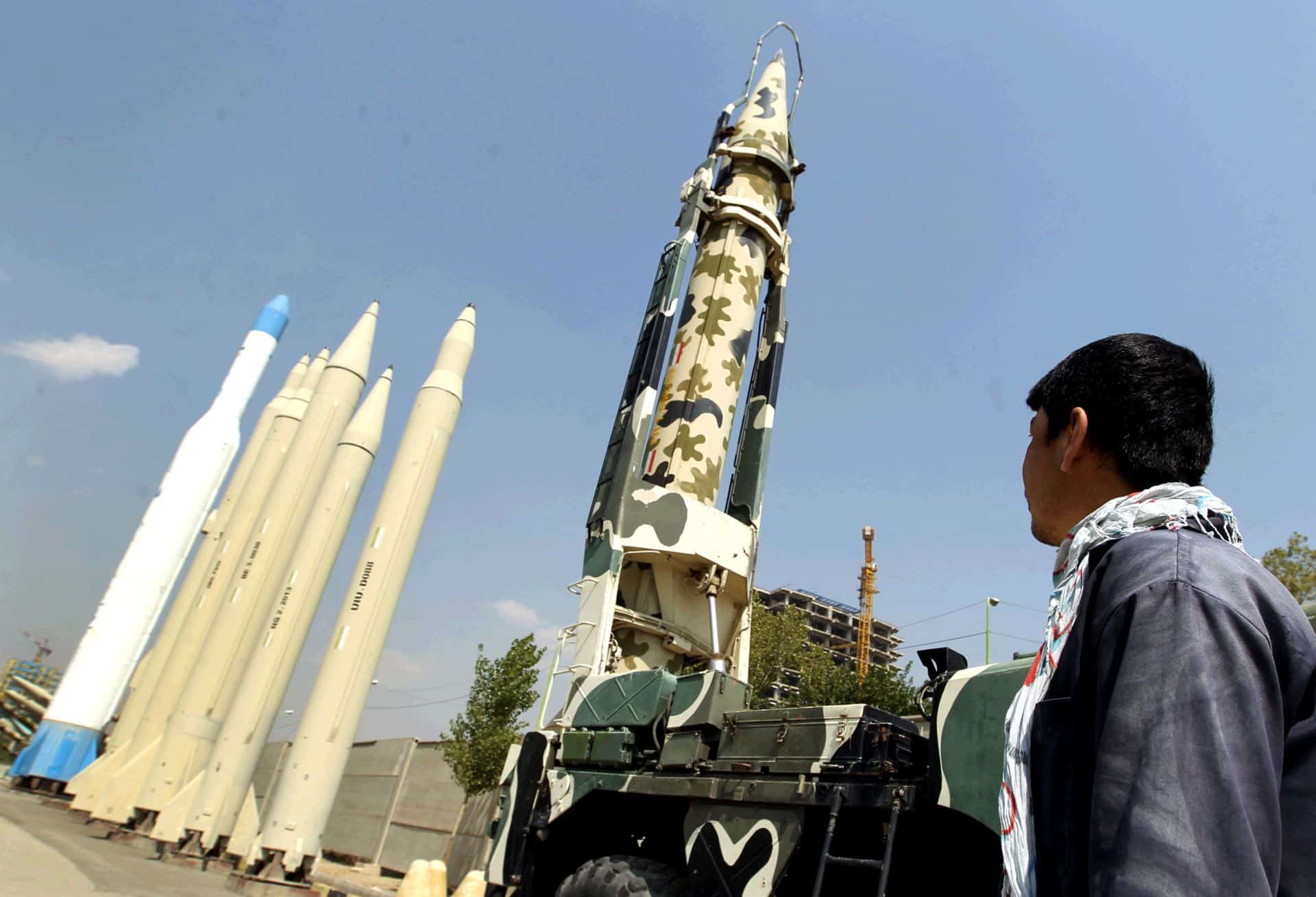US Air Force, WASHINGTON: Air Force Chief of Staff Gen. T. Michael Moseley hosted a meeting of senior Air Force leaders to discuss the service's top acquisition issues and strategies at the Pentagon April 23.
“We want our Airmen of tomorrow to inherit an Air Force that provides them the best tools to do the job of defending our nation and our way of life. That's not discretionary, that's an obligation,” he said.
The acquisition summit comes at a critical time as the Air Force works to recapitalize and modernize its aging aircraft fleet — the average age of aircraft in the inventory having increased to more than 24 years.
Air Force acquisition professionals must have the right organizational constructs; rapid, agile and efficient procurement processes and systems; and the right people, training and development opportunities to make it happen, General Moseley said.
Secretary of the Air Force Michael W. Wynne also stressed the importance of a strong acquisition focus.
“Our acquisition system delivers war-winning capabilities that are second to none, but it still can still be improved,” he said. “It's important that we take care of our acquisition professionals and make sure they succeed. We need to stay focused on our “Back to Basics” approach, incorporating pre-planned product improvement, to quickly get initial capability in the hands of warfighters.”
The summit provided a forum to take a strategic look at how the Air Force will acquire the combat systems and equipment required to meet the nation's defense challenges in the 21st century.
With the number of new major weapon systems decreasing, costs for those new systems increasing and total AF budget authority decreasing, it is all the more imperative for the acquisition work force to “get it right,”
Giving historical perspectives gleaned from years of acquisition experience were former Secretary of the Air Force Edward “Pete” Aldridge and retired generals Mike Loh, former Air Combat Command commander; Lawrence Skantze, former commander Air Force Systems Command; and Ronald Kadish, former director of the Missile Defense Agency. They discussed how the Air Force acquisition process is viewed externally by industry, civilians and the media. They also presented their observations, analyses and options for improving Department of Defense and Air Force acquisitions.
General Kadish presented a briefing on “Controlling Big 'A.'” Big 'A' is a term used to describe the overall Acquisition environment to include requirements definition, the budgeting system and the acquisition process. All of these key elements are heavily influenced by the acquisition workforce, industry and operational organization.
“Reducing instability through transformation of these key elements of the acquisition system can reduce cost, enhance acquisition performance and accelerate key capabilities by years,” he said.
In addition, Lt. Gen. Don Hoffman, military deputy to the assistant secretary of the Air Force for acquisition, presented an overview of the contracting and procurement processes, commonly called “Little A,” focusing on funding and manpower. General Hoffman emphasized that programs need fiscal, requirement, and leadership stability.
Gen. Bruce Carlson, Air Force Materiel Command commander, addressed the critical need for Air Force acquisition professionals to be properly organized, trained and equipped to take on the business of procuring the next generation of weapons providing for the nation's defense.
“We're talking 2030 and beyond,” General Carlson said. “We need to ensure we create a future force that can effectively fly, fight and win in that environment.”
One of the areas General Carlson's team is focusing on is weapon system program life-cycle management — the organizational links and decision making structure to provide more discipline and stability in programs from “cradle to grave.”
“More than 80 percent of a weapon system's costs occur during its sustainment phase, after system development and production,” General Carlson said. “However, program managers have the greatest ability to impact and reduce these costs at the earliest stage of development: concept definition.
“It's vital that we look at the entire acquisition process and ensure program managers have the right tools and organizational construct to identify and address opportunities to … rework and create efficiencies through strategic decision-making and enablers,” said General Carlson.
The other area the team is exploring is the potential revision of Air Force instructions and policies to give the AFMC commander more authority and involvement in the life-cycle management process.
Addressing the public perception of the Air Force acquisition process was Brig. Gen. Michelle Johnson, director of Air Force public affairs. She provided the service's acquisition communication strategy to the panel. According to General Johnson's assessment, the Air Force is doing a better job communicating its top acquisition priorities: KC-X tanker; CSAR-X combat search and rescue helicopter; space communications, situational awareness and early warning programs; F-35 Joint Strike Fighter; and a next-generation long-range bomber. She also emphasized the importance of “every Airman a communicator.”
Secretary Wynne and General Moseley wrapped up the summit by emphasizing the importance of acquisitions in national defense.
“The rate of change in technology is increasing,” General Moseley said. “Combine that with the dynamics of the modern world and you get a very high-stakes game. The Air Force underwrites the defense of our nation on three fronts, air, space and cyberspace. We have a responsibility to have an acquisition strategy and structure that's built with the future in mind. The Air Force is the preeminent acquisition institution.”
Germany says adding explosive drones to weapons arsenal
Germany said Friday it would buy explosive drones for the first time as Berlin boosts investments in its armed forces...









